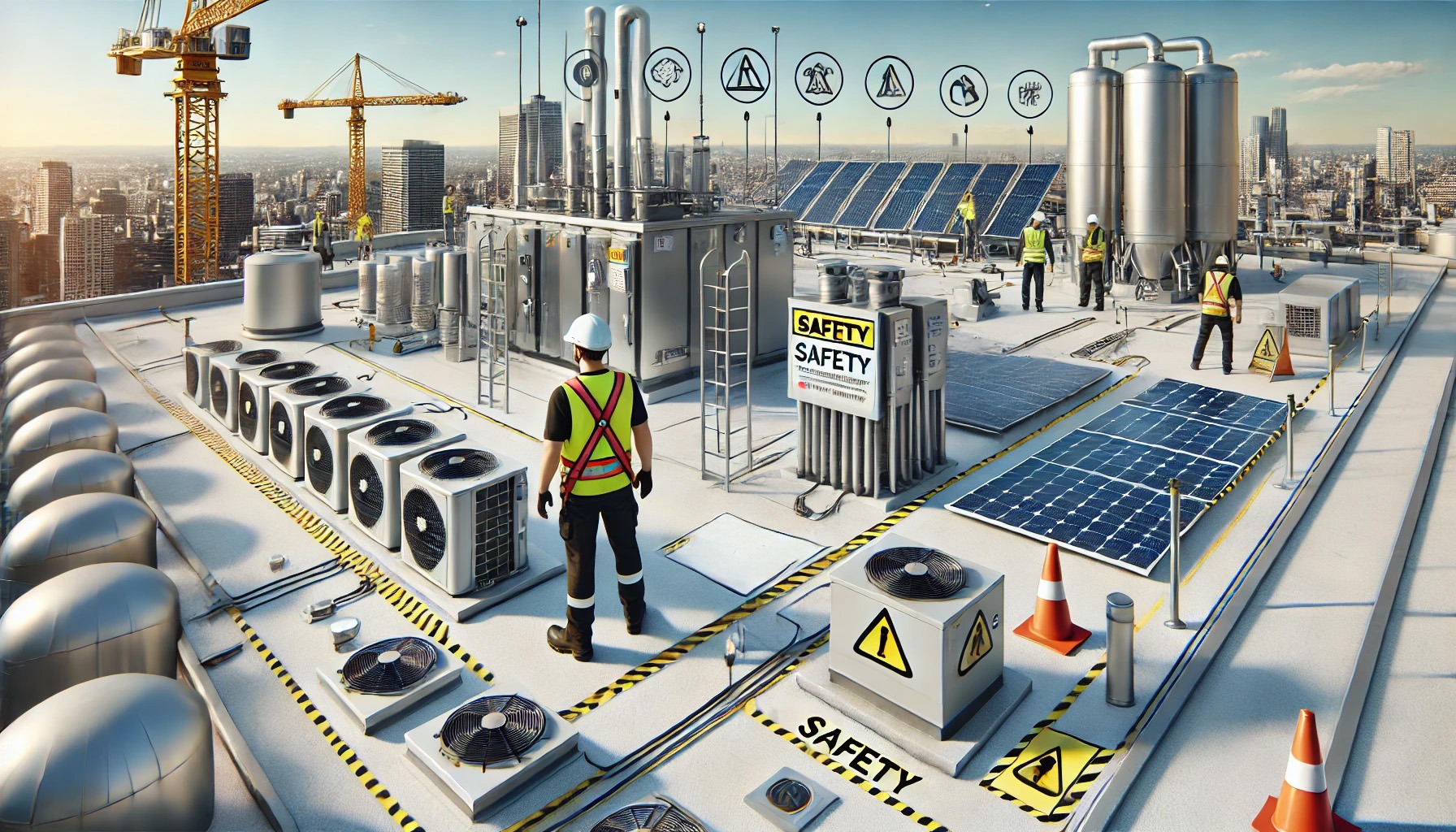
Enhancing Rooftop Safety for All
When it comes to commercial rooftops, safety should always be a top priority. With the increasing use of rooftops for various purposes—from mechanical equipment installation to recreational spaces—understanding the potential hazards is crucial for ensuring safety. In this article, we explore key strategies that enhance safety measures on commercial rooftops, drawing on industry insights and best practices.
Understanding the Risks
Rooftops present unique challenges, particularly regarding fall hazards and equipment maintenance. According to industry standards, approximately 50% of falls that occur in the construction sector happen from roofs. Factors such as operator error, inadequate training, and insufficient safety equipment contribute to this statistic.
Creating a safe environment starts with understanding these risks. Regular safety audits, complemented by comprehensive staff training, can significantly reduce accidents. In addition, using safety barriers, warning signs, and personal protective equipment (PPE) can enhance overall safety on commercial rooftops.
Practical Safety Strategies
Implementing practical safety strategies can save lives and boost the efficiency of commercial roofing projects. Here are some best practices:
Regular Inspections: Conduct frequent inspections to identify potential hazards and ensure that safety equipment is in proper working order.
Safety Training Programs: Invest in ongoing training programs for staff that cover both safety measures and emergency protocols.
Clear Access Routes: Ensure that all access routes to and from the rooftop are clear and free of obstructions.
Use of Safety Equipment: Equip all workers with necessary safety gear, such as harnesses and non-slip footwear, adapted to the specific conditions on the rooftop.
The Role of Technology
Emerging technologies are revolutionizing safety strategies on rooftops. For instance, drone surveillance can provide real-time data on rooftop conditions, allowing for remote inspections without putting workers at risk. Furthermore, safety management software can help track compliance with safety regulations and identify areas that require improvement.
By embracing technology in safety protocols, companies can not only enhance safety but also streamline operations, resulting in a safer working environment.
Long-term Benefits of Improved Safety
Improving rooftop safety isn't just about compliance; it's about creating a culture of safety that can lead to increased confidence among workers and clients alike. Companies that prioritize safety often see a lower turnover rate, higher employee satisfaction, and enhanced reputation within the industry. With these enhancements, businesses are less likely to incur costs associated with accidents, which can severely impact their bottom line.
Investing in safety is ultimately an investment in success, paving the way for more innovative rooftop uses and a positive work atmosphere.
Final Thoughts
As the demand for rooftop spaces grows in the commercial sector, so too does the need for enhanced safety practices. By understanding the risks and implementing effective strategies, businesses can ensure the safety of their teams while maximizing the potential of their rooftops. Remember: a culture of safety benefits everyone—from the ground up.
 Add Row
Add Row  Add
Add 




Write A Comment